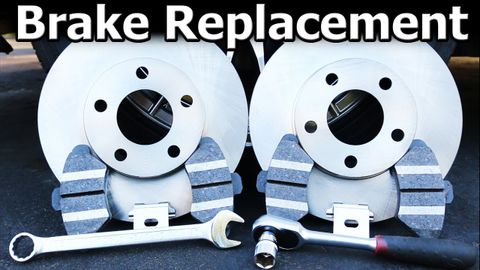
Subtitles & vocabulary
How to Replace Brake Pads and Rotors (COMPLETE Guide)
00
Kevinyu Lowrider posted on 2019/01/14Save
Video vocabulary
trick
US /trɪk/
・
UK /trɪk/
- Transitive Verb
- To fool someone in order to obtain a result
- To playfully tease or fool to make someone laugh
- Noun (Countable/Uncountable)
- Act of trying to fool someone
- Quick or skillful way of doing something
A2
More mess
US /mɛs/
・
UK /mes/
- Noun (Countable/Uncountable)
- Something that is untidy, dirty or unclean
- A difficult or confused situation.
- Transitive Verb
- To make something untidy or dirty
A2
More solid
US /ˈsɑlɪd/
・
UK /'sɒlɪd/
- Adjective
- Being able to be trusted; reliable
- Substance that is hard or of fixed shape
- Noun
- Something firm or hard; not gas or liquid
A2
More Use Energy
Unlock All Vocabulary
Unlock pronunciation, explanations, and filters
